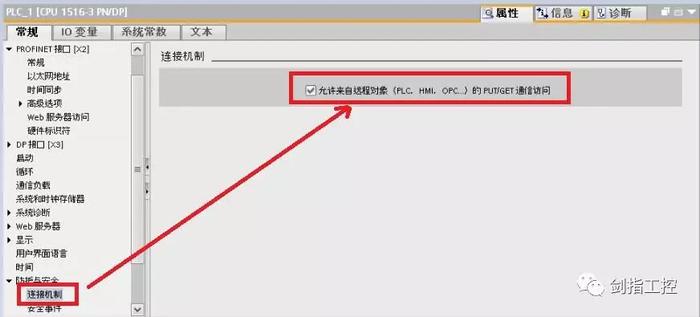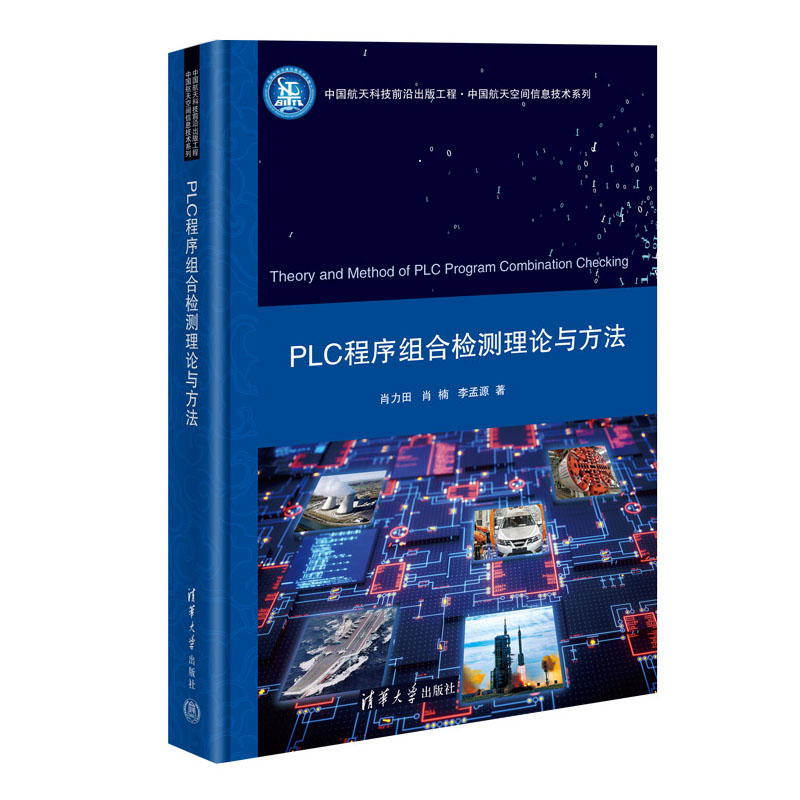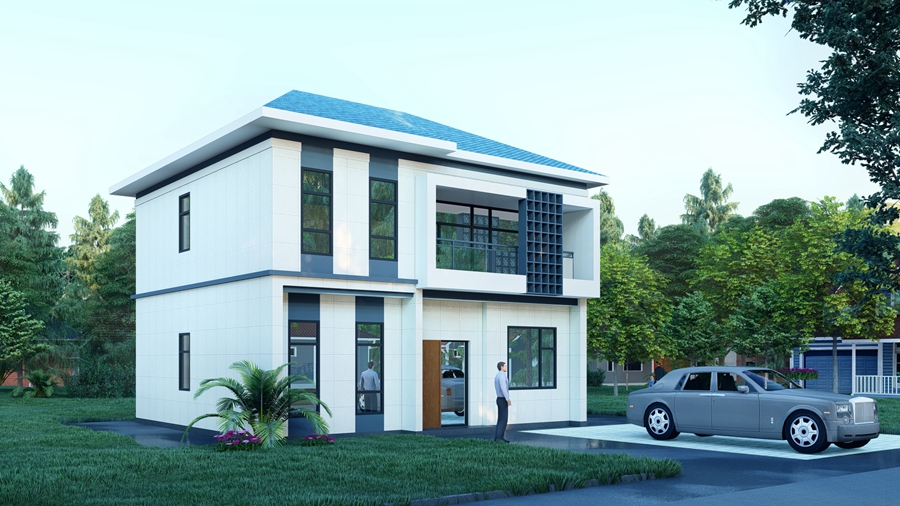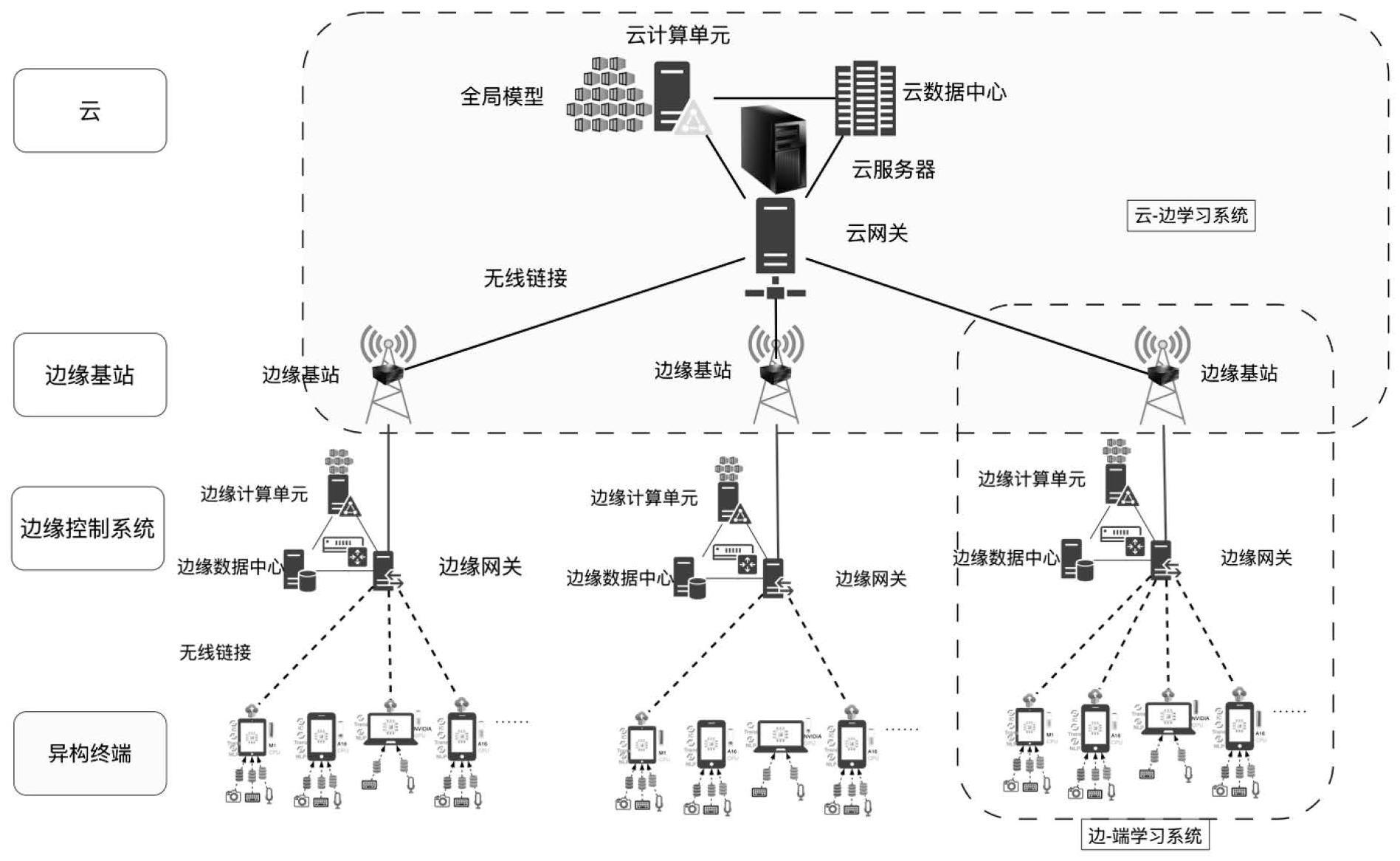在没有实物编码器的情况下实现小车的定位,可以使用三个变量替代,以下是具体实现步骤:
-
定义三个变量:
position_x、position_y和position_theta,分别表示小车的横向位置、纵向位置和角度。 -
定义三个与编码器计数对应的变量:
count_x、count_y和count_theta,分别初始化为 0。 -
在小车移动时,根据移动距离和角度变化,更新
count_x、count_y和count_theta的值,具体更新公式如下:
count_x = count_x + delta_x /resolution_x
count_y = count_y + delta_y / resolution_y
count_theta = count_theta + delta_theta / resolution_theta
其中,delta_x、delta_y和delta_theta分别表示小车在水平方向、垂直方向和角度上的移动距离和变化,resolution_x、resolution_y和resolution_theta分别表示编码器的分辨率。 -
根据模拟编码器计数,更新位置变量
position_x、position_y和position_theta,具体更新公式如下:
position_x = count_x resolution_x
position_y = count_y resolution_y
position_theta = count_theta resolution_theta -
通过获取位置变量
position_x、position_y和position_theta的值,可以实现对小车的定位。
需要注意的是,使用变量模拟编码器计数时,需要确保分辨率和更新频率与实际编码器一致,否则定位精度会受到影响。
以下是一段 C 代码示例,展示了如何使用变量模拟编码器输入数值:
```c include本文原创来源:电气TV网,欢迎收藏本网址,收藏不迷路哦!








添加新评论